With the FreeBuds Studio, Huawei is for the first time releasing headphones that fit over the ears. It is immediately a top model with smart noise canceling and a beautiful design, an unexpected challenger for the market leaders of Bose, Bowers & Wilkins and Sony.
Huawei, isn’t that the smartphone and 5G network manufacturer arguing with Trump? Indeed – but it is also the company that brings more and more audio products to the market, starting with a lot of earphones and a smart speaker that the brand developed together with Devialet . The FreeBuds Studio are the logical next step: over-ears wireless headphones with built-in noise cancellation that adapts to the situation.
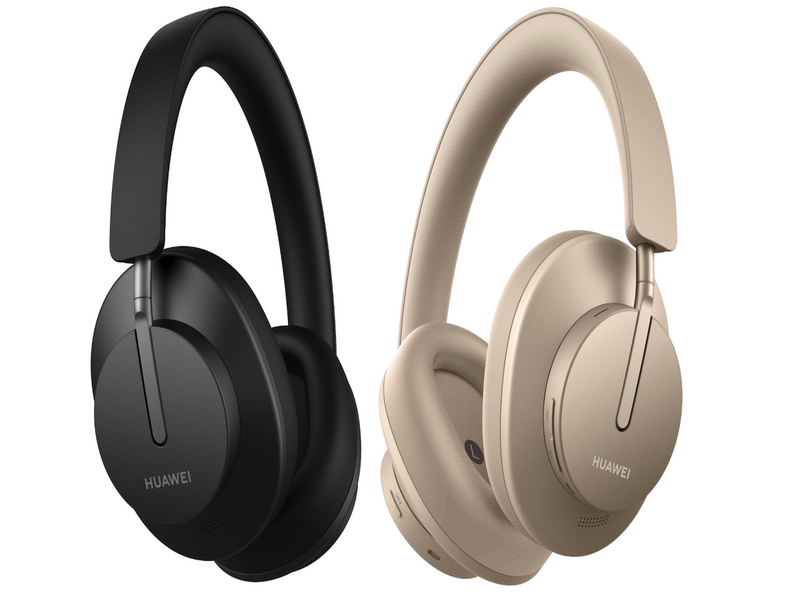
Sales of such headphones are on the rise, not only because of commuting, but also because working from home with a whole family in the background is so slightly more bearable. Yes, that ‘Buds’ in the name is somewhat reminiscent of earphones, but these are real headphones with large cushions. With a price tag of just under 300 euros, the FreeBuds Studio is at the top of the segment, although you still pay 50 to 100 euros more for most of the main competitors.
Huawei freeBuds Studio
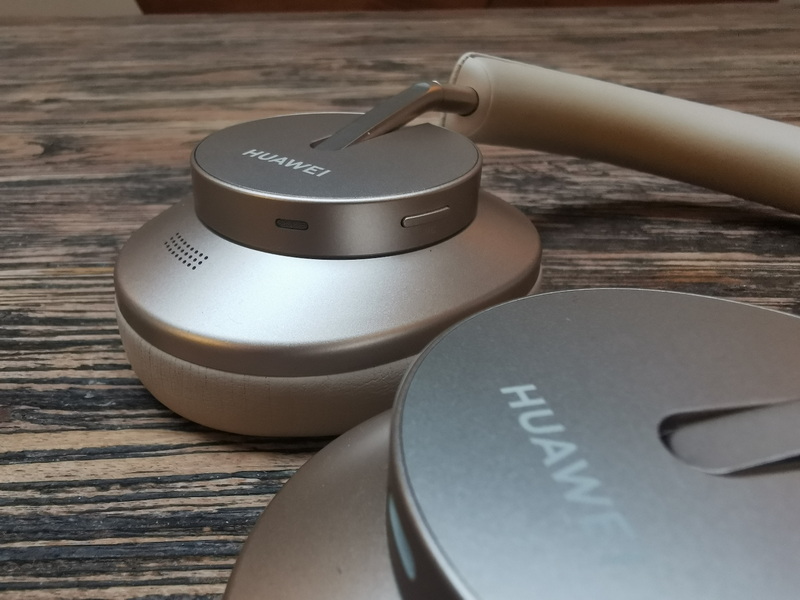
Of the many noise-canceling headphones we tested, the FreeBuds Studio is without a doubt one of the most elegant. The copper-gold version we received may not please everyone in terms of color – but there is also a nice black version. They are also comfortable. The weight of 260 grams is almost equal to that of the Sony WH-1000XM4 or the Bose NC700, two headphones that are among the lightest on the market. Just like the Bose, the Huawei reinforces the subjective featherweight impression, in part thanks to that thin metal connection between the headband and driver housings. A nice design element is how that hinged rod fits into the housing. It is also fine with the weight distribution, so that you do not have a pressing feeling on your crown. Add to that nice soft ear cushions and a headband that is well padded inside, and you get headphones that we could wear for hours without any problems. In terms of comfort, the Studios are among the best.
From the specs we learn – and we also notice when used – that the battery lasts 24 hours if you don’t use noise suppression. With NC it is a lot shorter; Sony is the strongest in this area. A plus is that the FreeBuds Studio supports fast charging. With ten minutes of charging, you can listen for five or eight hours (with or without noise reduction).
Associated app with Huawei freeBuds Studio
Just like with the Huawei earphones, you use the AI Life app to set the Studio completely correctly. The name may seem a bit odd, but it does the job well and is clear. To be fair: in AI Life you will probably only come to set up the Studios as you want. It can be used, for example, to switch on the noise canceling and to choose an NC mode, but you can do that faster via the buttons on the headphones themselves. In addition to a few keys, the Studio also has a touchpad; in the app you set what happens when you tap and swipe. Controlling music and volume is possible, just like managing a call. The touchpad responds very quickly, although we certainly noticed in the beginning that you can easily accidentally activate a function while touching the NC button. Unlike Sony, you will not find an abundance of audio options or an equalizer in the app. If you want to do something about the sound reproduction, you will have to arrange this via a music player app.
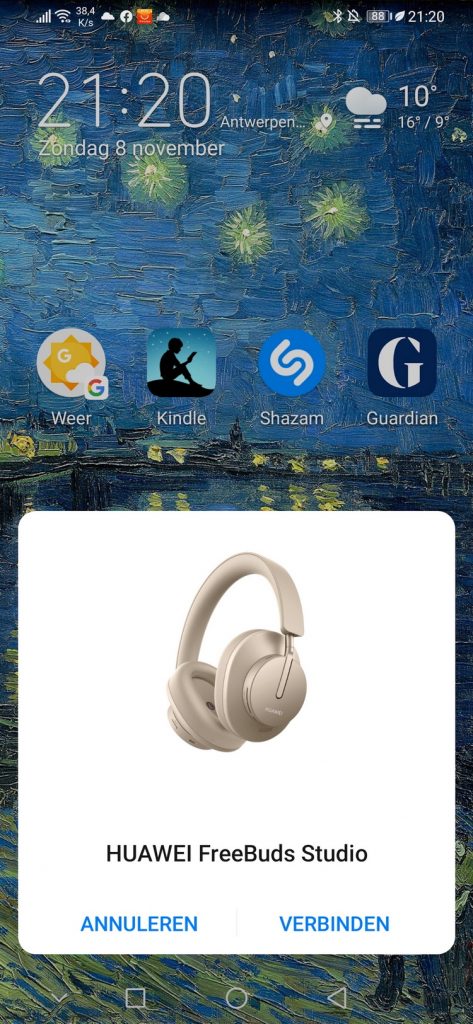
Dynamic Noise Canceling
Noise cancellation on a top model has to be dynamic, intelligent or * fill in your own marketing term *. In fact, it always comes down to noise suppression that adapts to the situation in terms of efficiency. For example, when you walk around you want a little less noise canceling so that you are not accidentally knocked over by a ringing cyclist. The FreeBuds Studio also switches itself to an appropriate noise-canceling level (such as the cozy sounding ‘Cozy’), but you can also do that manually. On ‘Ultra’ noise all around is suppressed as much as possible. In addition, there is an Awareness mode, supplemented with a Voice function that allows voices to pass through. For example, you can order an espresso in Starbucks (or in a place with good coffee) without removing the headphones.
Huawei has come up with something special in the audio field: support for hi-res audio over Bluetooth, thanks to the L2HC codec. Very intriguing, but unfortunately that codec is only present on some Huawei models (with EMUI 11, such as the P40, and therefore without the Google Play Store). In all other cases, use the AAC or SBC codec. This is a pity, because most high-end competitors support LDAC and / or aptX HD. Whether you notice the difference in practice, however, is a completely different question.
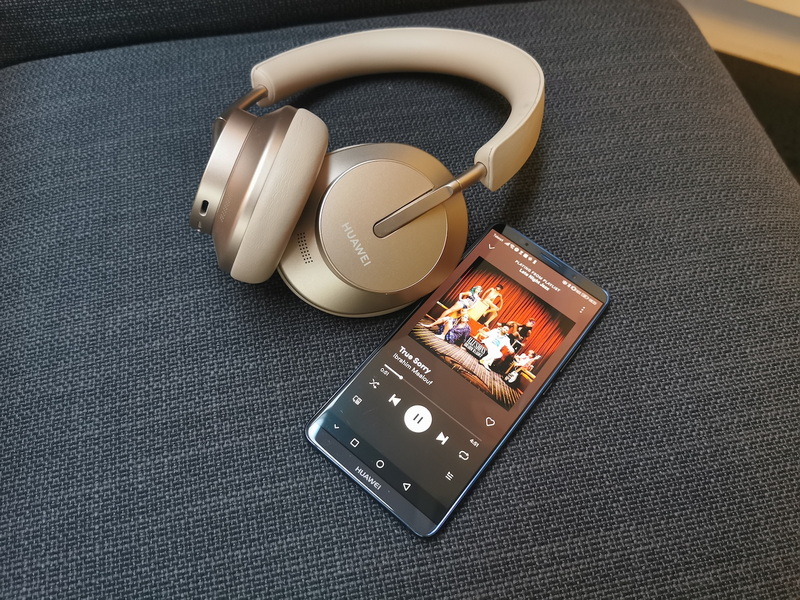
Connecting to your smartphone or tablet is a breeze, as it should be. We paired the FreeBuds Pro with a Huawei P30 Pro, LG G8X and a MatePad Pro tablet, and it always went smoothly. An asset of the Studios is that you can make two connections at the same time. If you watch a Netflix movie on a tablet and you receive a call via the telephone, you can quickly switch to the call.
Clear and very open view
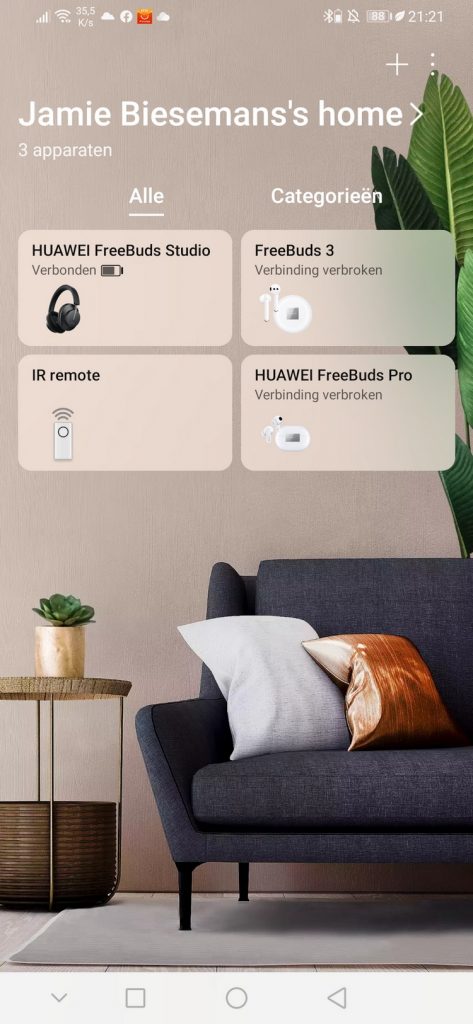
With previous Huawei audio products, we already noticed that the Chinese brand has a nose for good sound quality. This is somewhat surprising, because a smartphone manufacturer is not necessarily strong in audio (Samsung, for example, had to open an entire audio laboratory in the US and buy the Harman group for that know-how). In the past we sometimes saw very high-end headfi material at Huawei events, including from HiFiMan, so we suspect that some top man at the company has a soft spot for hi-fi.
The Studio is clearly well thought-out headphones, also in terms of reproduction. Besides the slightly (but certainly not overly) fatter basses, the Studio has just been tuned very ear-friendly and balanced. That makes it very universal. Alicia Keys ” ALICIA ‘album sounds as good as Olufar Arnalds’ neoclassical ‘some kind of peace’, rich and surprisingly spacious. When the deep beats kick in in ‘Loom’, you can expect those low tones to distort a bit or drown out the details with typical NC headphones. Here those bass tones remain quite natural and there is no trace of resonance. What a (positive) difference with, say, a Bose QC35 II. The Sony WH-1000XM3 -often referred to as the best NC headphones of the moment – at least add a little more to those basses. In our opinion, the Studio is very versatile in terms of genres by the standards of this class. All music sounds good on it. It is noticeable that the reproduction without NC is slightly fresher and more balanced than with. But that’s usually the case.
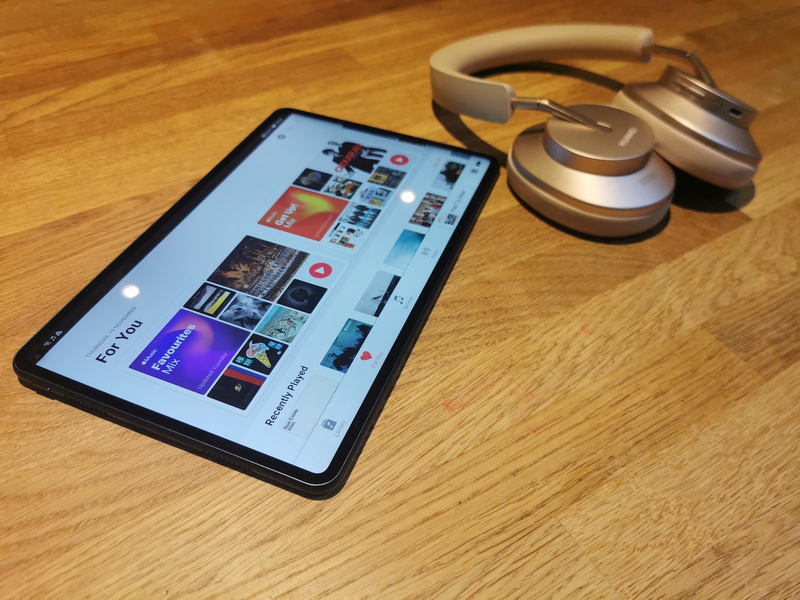
We test the noise canceling with the usual train ride through a snow landscape video, a 4-hour soundtrack with a winter storm in the background and the usual track noises. The Studio efficiently eliminates the cacophony. Perhaps slightly less good than the more expensive Sony or Bose, but the difference is actually not significant. The Awareness feature is then slightly less impressive. You can hear the voice of someone nearby, but if there is a lot of ambient noise, it is not easy to understand. Frequencies are selectively passed and others eliminated, but the chosen frequency range does not always promote intelligibility. But this does not seem like a make or break criticism to us. More importantly, they provide you with a rock-solid rendering.
Conclusion
Huawei may not be a top of mind brand when you go shopping for headphones. This is unjustified, because it has been working hard for a while and knows how to propose better products. We can say a lot positive about the FreeBuds Studios, and not a lot negative. The headphones look elegant, sit very lightly on your head and perform very well in terms of sound quality. The noise cancellation is also very good, and is very close to the market leaders. Of course, it would have been great if the Studio were a lot cheaper than the Sony’s and Bose’s of this world – and they are. But the difference is not huge.
PLUS POINTS of Huawei freeBuds Studio
- Light and very comfortable
- Open, spatial representation
- Smart noise canceling
- Effective noise canceling
- Dual connect mode
MINUSES of Huawei freeBuds Studio
- Touch controls easy to activate unwanted
- Autonomy with ANC on is reasonable, not class leading
- No aptX or LDAC





